Ertach Kernow - Tresillian & Merther Growth and Decay
Tresillian lies at the head of the Tresillian River a tributary of the River Fal growing up around a river crossing at the highest point of the tidal river where a bridge could be constructed. The hamlet was first mentioned in 1201 as Tresulien, meaning the farm of Sulien, this spelling continued in documents through to the late 16th century. Charles Henderson in his Old Cornish Bridges and Streams notes it was also mentioned in Assize Rolls as Penenpons (Bridgend) as early as 1309 and again in 1396 as Ponstresilyan (Tresillian Bridge). John Leland in his travels around Cornwall in 1535 mentions a stone bridge here and it was specifically mentioned on Richard Blomes 1673 map. This crossing place continues to be the main A390 Truro to St Austell road today although the current bridge is a relatively modern rebuilt being widened in 1903. in 1863 a medieval wayside cross thought to mark a route to the medieval chapel at Tregellas was found some three miles to the north-east of Tresillian, it now stands adjacent to the Holy Trinity Church in Tresillian. The route was a toll road during the 18th century and the toll house still stands alongside the road in Tresillian today.
The Tresillian River was once known as the Sowker as mentioned by William of Worcester 1478 and Sowgar in 1530 in a Star Chamber document. Today Tresillian lies mainly in the parish of St Clement, although close to Truro it remains largely a rural community surrounded by farmland and to the south the Tregothnan Estate owned by the Boscawen family since the 14th century. Farmers need markets to trade produce and in the early 19th century newspapers mention the monthly fairs or markets at what they then called Tresillian Bridge.
Three early medieval settlements have been identified including Polsue, mentioned in the Domesday Survey of 1086, then spelt as Polduh. It’s marked on the Ordnance Survey map of 1879 as being the site of a manor house. Archaeology shows by the early 19th century Tresillian was becoming far busier with a post medieval corn mill, three possibly four lime kilns, blacksmiths workshop, malthouse and riverside quay’s. Silting of the river through mining waste into the 19th century eventually dried up most river trade. In 1817 a Richard Whitford was selling premises known as Tresillian Mills by auction in the Ship Inn. A four-bedroom house, an excellent mill with three stones, stables, out houses, along with 7 acres of meadow and orchard only three miles from Truro situated on the river. The annual rent payable by the purchaser £16 10/- approximately £1,600 today, sounds quite a bargain.
In 1835 speculators were promoting the idea of a rail link between Perranporth in Perranzabuloe and Tresillian Bridge. The purpose to transport larger quantities of sand, what they termed manure, which was in short supply to increase farmland productivity. This would enable tenant farmers to obtain better yields on their crops and landowners to charge more rent. Analysis of the sand showed it to be 70% pure calcareous and animal matter and in great demand. The railway would also deal in lime, coal and timber supplies to the mines. A scheme too far perhaps but shows that Tresillian was considered a place to do business.
The oldest building in the village is the Grade II listed Wheel Inn which is believed to date from about the 14th century. Constructed of traditional stone, cob with timber lintols and thatched roof, it is now a highly recommended food pub with wonderful riverside views. Historically it is said to be the site of a meeting during the English Civil War of General Sir Thomas Fairfax and Sir Ralph Hopton who surrendered his royalist forces there on 10th March 1646.
Parishes were originally ecclesiastical divisions only later becoming civil administrative units. The village of Tresillian has never existed within its own ecclesiastical or civil parish and was originally within the parish of Merther. Originally Merther itself was under the church patronage of Probus becoming a separate parish with its own vicar in 1866, it is now part of the Lamorran with Merther, Tresillian and St. Michael Penkivel Team Ministry.
When talking about Cornish communities it’s hard to not mention the religious buildings, some dating back to just after the Norman Conquest, often standing on the sites of earlier Celtic Christian church buildings. These historic churches, originally Roman Catholic until the Reformation, would later be joined by non-conformist churches and chapels. In Cornwall this primarily means Methodist chapels, originally of differing denominations. The Anglican church of The Holy Trinity in Tresillian was first built in 1878 as a mission church or chapel of ease to the mother church at Merther some two miles distant. As Tresillian was growing it was rebuilt and upgraded becoming the parish church in 1904. The Tresillian Wesley Chapel was built before 1870 and was improved in 1879 and again in 1898. In 1932 with the unification of the Methodist movement it became Tresillian Methodist Church.
It is clear why the settlement of Tresillian grew up around the head of the tidal reach leading to construction of a bridge during the medieval period. But Merther after which the former parish was named seems a strange place to site a church. The architect Edmund Sedding tells us that the church was planned by the Normans and subsequently enlarged towards the end of the 14th century. Named Eglosmerthe, meaning church grave of a saint, in 1201 by the 17th century it was known as Merthar. The Church of St Cohan became the base of a small churchtown settlement, with a small medieval chapel and holy well dedicated to St Cohan some 500 yards to the east. The chapel was destroyed in about 1750 and the last remains were removed by 1860.
A newspaper report of 1843 says; ‘The Parish Church of Merther, near this place, has lately, by the liberality of the Land and Tithe-owners sided by the Diocesan Church Building Society, and rate from the parish, been restored, painted and beautified. An unsightly gallery erected some seventy years since has been removed, the arches picked out and cleared of whitewash, and the windows now glazed in diamond shaped panes throughout. The most pleasing feature in the church is the substitution of open benches for the square pews which, previous to this alteration occupied the centre of this building, and entirely destroyed the effect of the granite pillars and arches.’
Although an unsightly timber edifice to house the bells had been built the building overall seems to have benefited from the work. With population movement leading to extension of the church at Tresillian the church at Merther’s days were numbered. Writing in 1909 Sedding gives a description of a church very much in decline and in disrepair. Although the parish mother church it was by then used purely as a mortuary chapel for burials. He states; ‘As the district is very thinly peopled it is not difficult to foresee what its ultimate fate will be.’ Cornish historian Charles Henderson wrote in 1923 ‘It is much to be regretted that the highly interesting church at Merther should now be abandoned and used only as a mortuary chapel. The church is in such a state of decay that unless timely repairs are forthcoming — of which there is no prospect — it will soon become irreparable.’
Whilst the roof remained, which it did until the late 1940’s there was a small chance of the church’s survival. The lead on the roof had apparently been removed to assist the war effort accelerating the post war decline to ruin. The last service held in the church was on 25th July 1945. Two of the bells had already been removed in 1904 to Tresillian and the third after being taken down ultimately found its way to St Clement, the small statue of St Anthony was finally removed and also taken to Tresillian Church. Of no further use the church was eventually fenced off to prevent access and injury and is now under the guardianship of the Tregothnan Estate.
Canon Miles Brown author of a number of books on churches wrote in 1962 ‘...Merther — now officially declared a ruin. Ivy covers the walls, brambles fill the churchyard, while a determined tombstone or two struggles to keep its head above the tangle. The wooden top stage of the tower has gone, slates are off from the roof of the nave, and plaster and rafters and rubbish cover the floor. Pillars and arches are green with wet, and the sanctuary gives nourishment to mould and moss. In the spandrels of the arches remain the painted texts dear to the heart of a past age. One, facing the window opening by which entrance was gained, read 'How dreadful is this place', which carries a meaning the original painters could not have envisaged.’
Today we are far more aware of preservation of heritage buildings; however, it is very likely many of our historic medieval Cornish churches, especially those lying-in rural areas, will become endangered in the very near future.
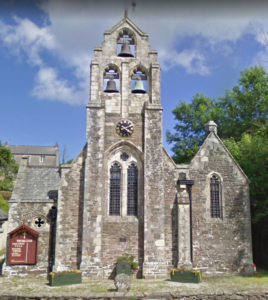
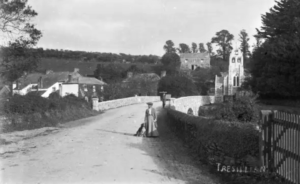

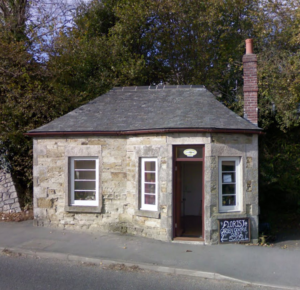
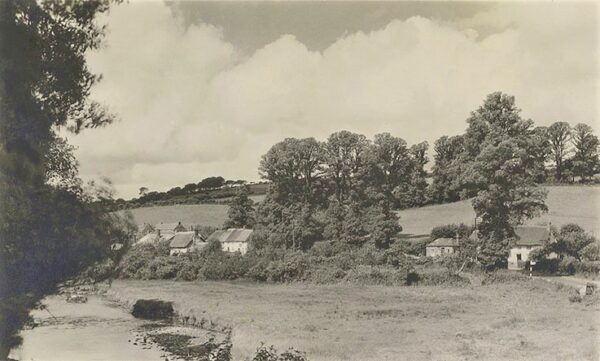
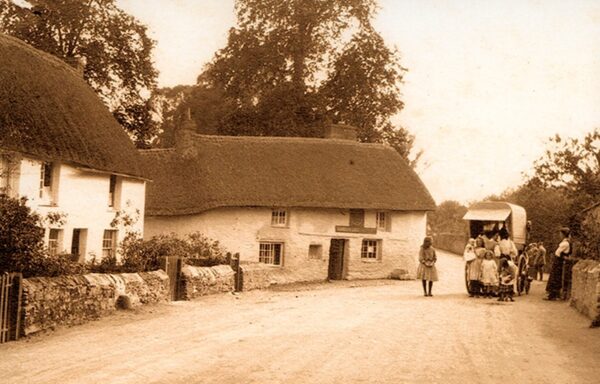
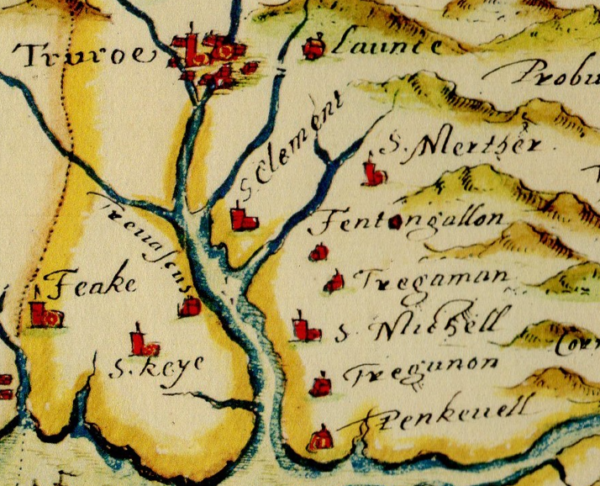
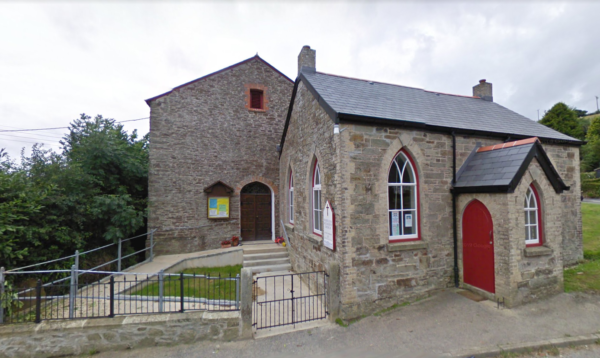
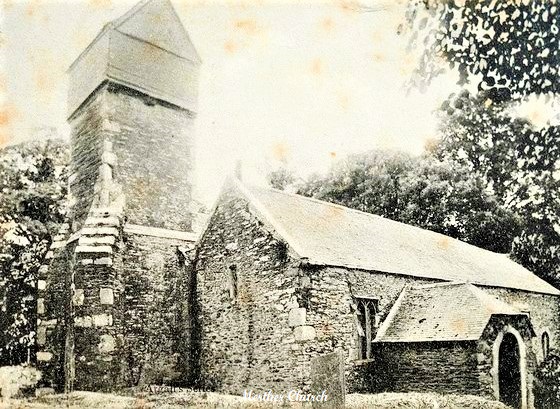
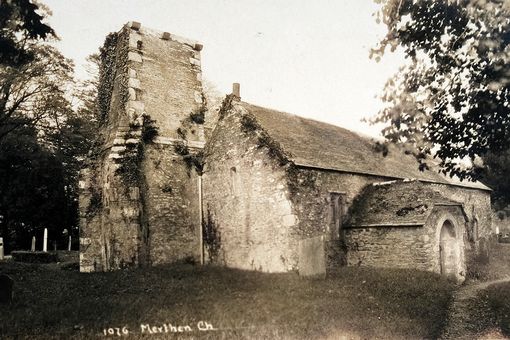
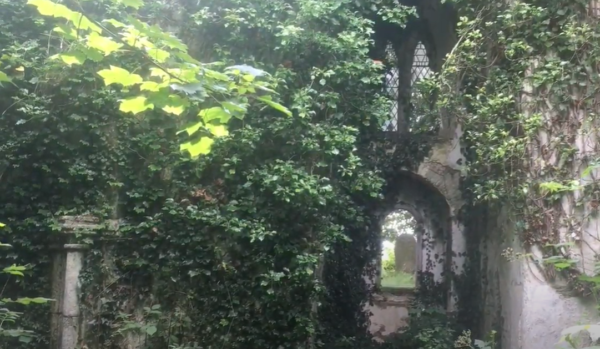
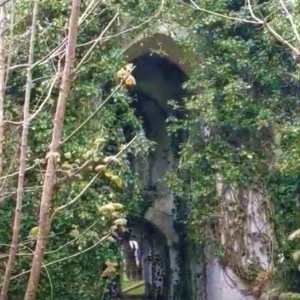
![[113] Voice - Ertach Kernow- 240822A Growth & Decay [S] Tresillian & Merther Growth & Decay](https://www.cornwallheritage.com/wp-content/uploads/2022/08/113-Voice-Ertach-Kernow-240822A-Growth-Decay-S-244x300.jpg)
![[113] Voice - Ertach Kernow- 240822B Growth & Decay [S] Tresillian & Merther Growth & Decay](https://www.cornwallheritage.com/wp-content/uploads/2022/08/113-Voice-Ertach-Kernow-240822B-Growth-Decay-S-241x300.jpg)
![[113] Ertach Kernow Heritage Column - 24th August 2022 - Much to do at historic sites Ertach Kernow Heritage Column - 24th August 2022 - Much to do at historic sites](https://www.cornwallheritage.com/wp-content/uploads/2022/08/113-Ertach-Kernow-Heritage-Column-24th-August-2022-Much-to-do-at-historic-sites-300x295.jpg)